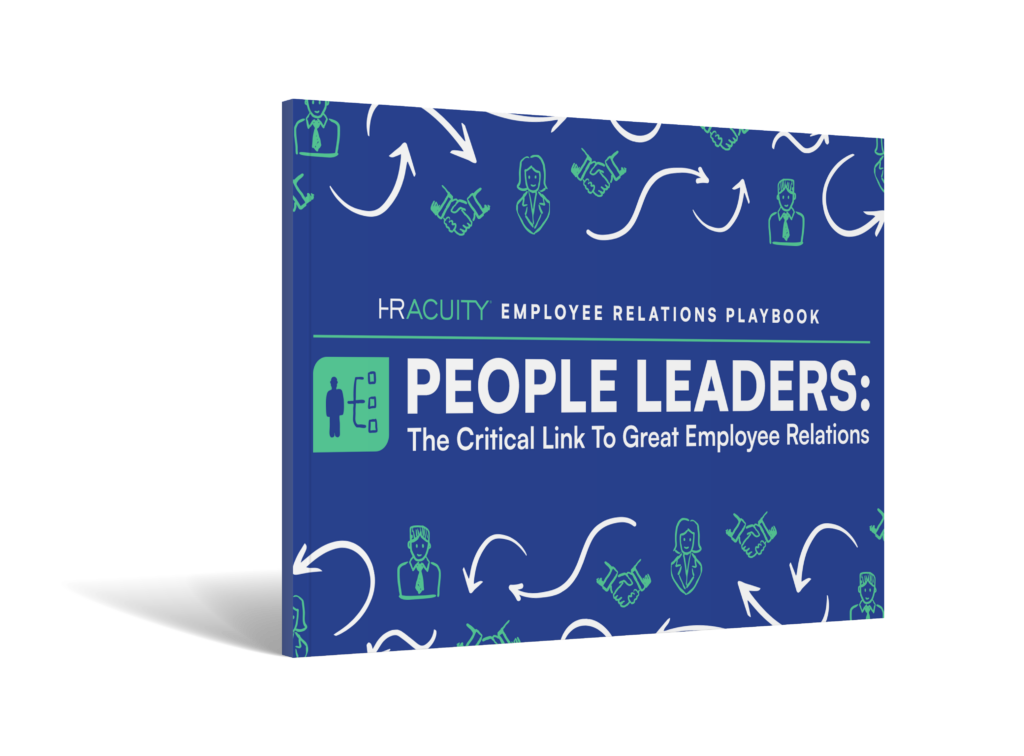Want to hear something funny? That opening line has caused more laughs, and potentially more trouble, than many others we face in the workplace. The truth is that we like to laugh. It’s good for us mentally, emotionally and physically. Yet there’s a very fine line between funny and offensive, and understanding how to navigate that issue can be challenging.
One of the key components of humor at work is how it is exhibited, and tolerated, by senior leaders. If the executive team uses appropriate humor, it can actually make them seem more competent, according to some new research. However, inappropriate humor has nothing but negative consequences, and it further damages the organization by encouraging others to model the same behaviors. Understanding the difference between the two is critical for avoiding employee relations challenges.
Leaders Are Role Models, For Good or Ill
In the recent piece featured in HBR, the author talked about the degree to which leadership humor behaviors were a signal to the rest of the employees about what was encouraged or tolerated in the workplace.
Our study found that an important factor was the degree to which leaders used aggressive humor, such as teasing staff members or telling dirty jokes. Here our results showed that leaders who are seen as pushing this more risky form of humor were more likely to pave the way for employees to behave badly, and least likely to build a sense of work engagement on their teams.
From an employee relations perspective, it’s pretty simple: leaders need to understand that these “risky” or “aggressive” approaches to humor do not create a positive workplace, and they may actually hamper the performance of their teams. Most of us realize that every joke requiring a laugh at the expense of a specific gender, race, religion or other protected class is off the table, but there may be some other times where the situation isn’t as clear cut.
What’s Appropriate and What Isn’t?
Taking a practical approach, if there is someone in the team or the organization that would feel like the butt of a joke, then it’s probably best to avoid the topic altogether. It’s not always apparent when someone is offended or upset by a particular attempt at humor, but by the time the letter arrives from the employee’s legal counsel claiming harassment, it’s too late to fix the issue. And trying to claim “it was only a joke” isn’t a legal defense, according to attorney Jonathan Segal.
More fundamentally, one of the training methods I’ve used over the years is to take the joke to the most extreme level of distribution. I have managers imagine the joke being broadcast across the company’s exterior marketing channels and then consider how that would make the manager and the company look in the public eye if the joke wasn’t made just to four or five people on a team, but to four or five thousand people outside the firm. This sometimes helps leaders to realize that there are broader implications than a quick laugh in the moment.
Read our Employee Relations Playbook
Train people leaders to better manage employee issues.

Do Your Managers Get It?
One other quote from the HBR article was particularly useful and can serve as both a reminder and a conclusion to the conversation today.
Nonetheless, while humor can be an effective organizational tool, our study reinforces the message that leaders must also be mindful of their status as role models. Due to their position, their actions serve as social cues for their employees, resulting in both positive and negative consequences. Managers should be careful about how they portray themselves to their teams, increasing their self-monitoring skills and becoming more aware of what types of humor are appropriate in different situations.
As you read this, consider the managers that you work directly with: Do they have the appropriate level of self-awareness and self-monitoring skills to be able to make the right decision, or do they need additional support from an employee relations perspective to help them understand what is and isn’t appropriate?



